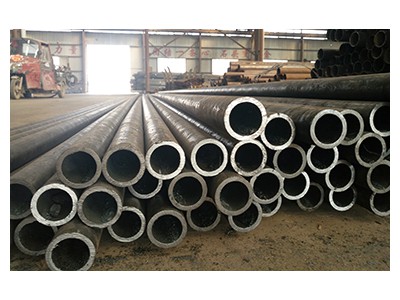A steel with a hollow section and a length much greater than the diameter or circumference. According to the cross-sectional shape, it is divided into round, square, rectangular and special-shaped steel pipes; according to the material, it is divided into carbon structural steel pipes, low alloy structural steel pipes, alloy steel pipes and composite steel pipes; according to the purpose, it is divided into transportation pipelines, engineering structures, Steel pipes for thermal equipment, petrochemical industry, machinery manufacturing, geological drilling, high-pressure equipment, etc.; according to the production process, it is divided into seamless steel pipes and welded steel pipes, of which seamless steel pipes are divided into hot rolled and cold rolled (drawn) Two types, welded steel pipes are divided into longitudinal welded steel pipes and spiral welded steel pipes.
Steel pipe is not only used to transport fluids and powdered solids, exchange heat, and manufacture mechanical parts and containers, it is also an economical steel. The use of steel pipes to manufacture building structural grids, pillars and mechanical supports can reduce weight, save metal by 20-40%, and can realize factory mechanized construction. The use of steel pipes to manufacture highway bridges can not only save steel, simplify construction, but also greatly reduce the area of the protective layer, saving investment and maintenance costs.

















